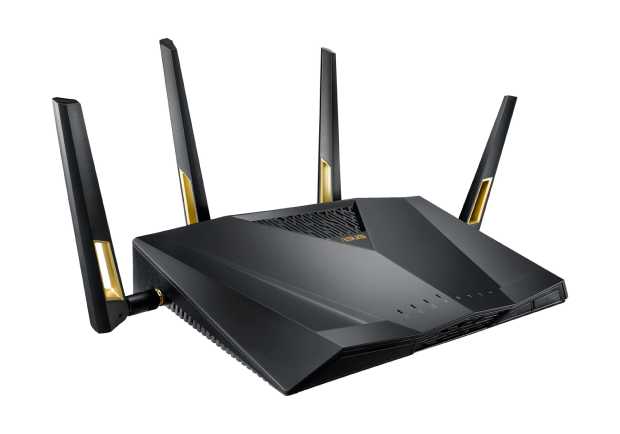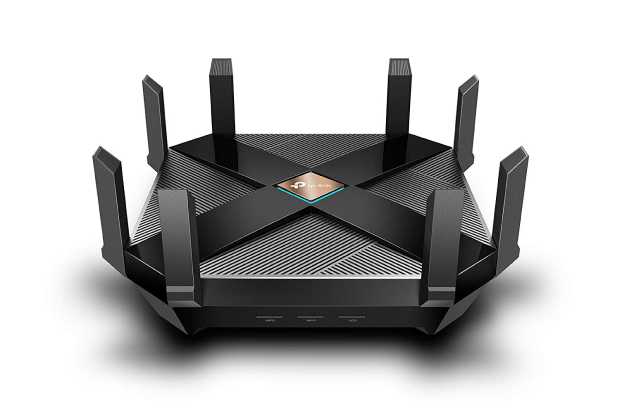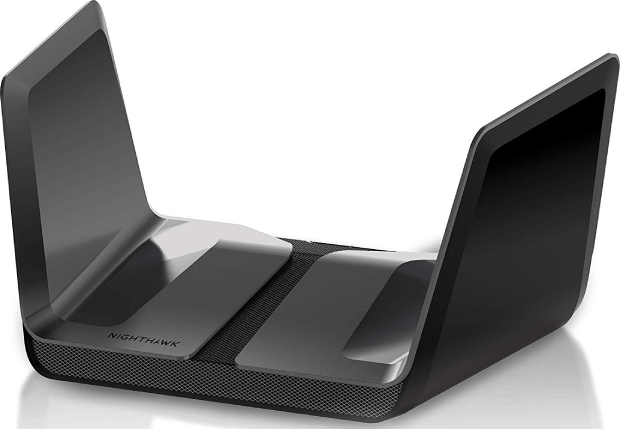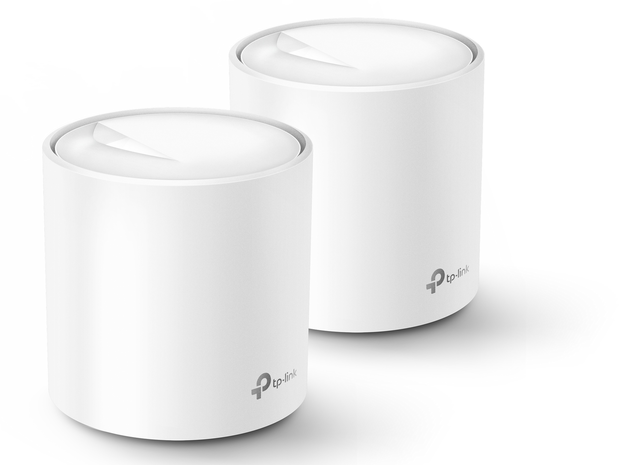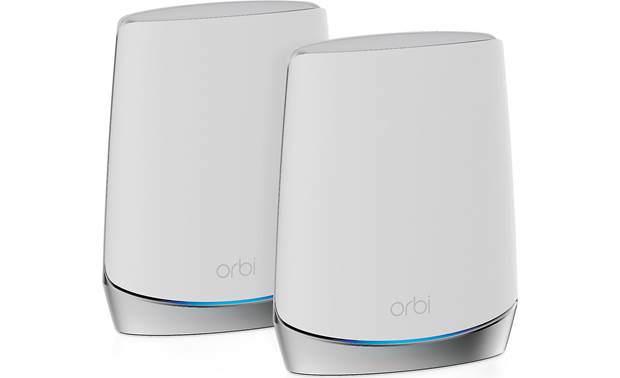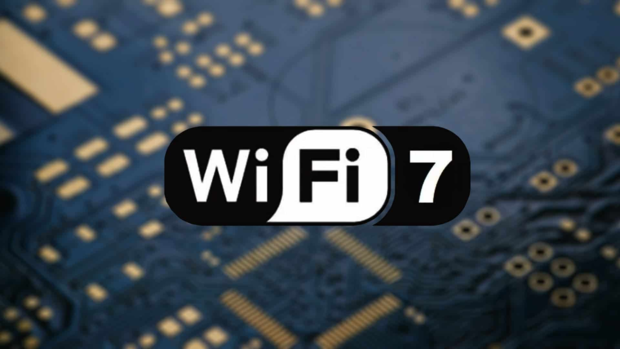
The following table provides an overview of WiFi standards that have been released or announced so far:
| Generation | Wi‑Fi 7 |
| Standard | 802.11be |
| Maximum Linkrate (Mbit/s) | 40,000 |
| Released | No yet |
| Radio Frequency (GHz) | 2.4/5/6 |
| Generation | Wi‑Fi 6E |
| Standard | 802.11ax |
| Maximum Linkrate (Mbit/s) | 600 to 9,608 |
| Released | 2020 |
| Radio Frequency (GHz) | 2.4/5/6 |
| Generation | Wi‑Fi 6 |
| Standard | 802.11ax |
| Maximum Linkrate (Mbit/s) | 600 to 9,608 |
| Released | 2019 |
| Radio Frequency (GHz) | 2.4/5 |
| Generation | Wi‑Fi 5 |
| Standard | 802.11ac |
| Maximum Linkrate (Mbit/s) | 433 to 6,933 |
| Released | 2014 |
| Radio Frequency (GHz) | 5 |
| Generation | Wi‑Fi 4 |
| Standard | 802.11n |
| Maximum Linkrate (Mbit/s) | 72 to 600 |
| Released | 2008 |
| Radio Frequency (GHz) | 2.4/5 |
| Generation | Wi‑Fi 3 |
| Standard | 802.11g |
| Maximum Linkrate (Mbit/s) | 6 to 54 |
| Released | 2003 |
| Radio Frequency (GHz) | 2.4 |
| Generation | Wi‑Fi 2 |
| Standard | 802.11a |
| Maximum Linkrate (Mbit/s) | 6 to 54 |
| Released | 1999 |
| Radio Frequency (GHz) | 5 |
| Generation | Wi‑Fi 1 |
| Standard | 802.11b |
| Maximum Linkrate (Mbit/s) | 1 to 11 |
| Released | 1999 |
| Radio Frequency (GHz) | 2.4 |
| Generation | Wi‑Fi 0 |
| Standard | 802.11 |
| Maximum Linkrate (Mbit/s) | 1 to 2 |
| Released | 1997 |
| Radio Frequency (GHz) | 2.4 |
As you can see, there are actually two types of WiFi 6: regular WiFi 6 and WiFi 6E. The main difference between them is that WiFi 6E adds support for the 6 GHz band, whereas WiFi 6 supports only the 2.4 GHz and 5 GHz bands.
Before the arrival of WiFi 6, it was common for device and software manufacturers to advertise support for WiFi standards (such as 802.11ac or 802.11g) instead of WiFi generations (WiFi 6, WiFi 5, and so on).
The WiFi Alliance, a non-profit organization that owns the Wi-Fi trademark, is recommending that all hardware and software manufacturers adopt the labeling conventions to standardize the information presented to consumers and make it easier for them to tell which technologies do different devices support.
Devices that have passed the WiFi Alliance’s certification process are now labeled “WiFi 6 Certified”, and such devices can be trusted to deliver all of the advantages described in the next section of this article, including superior WiFi 6 speeds and security, among others.




